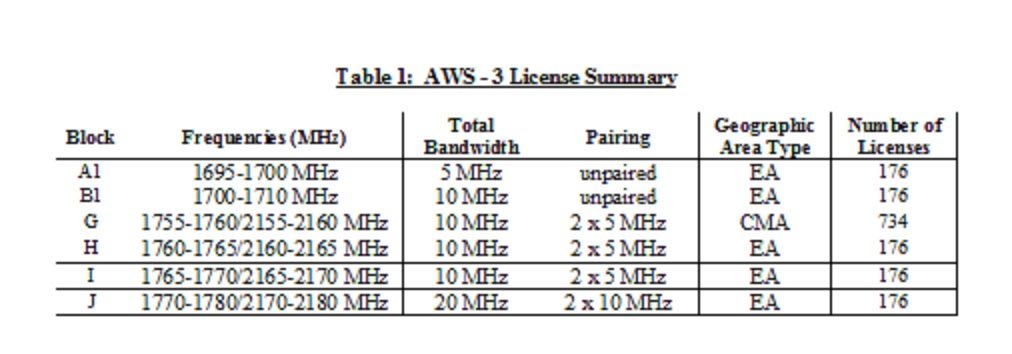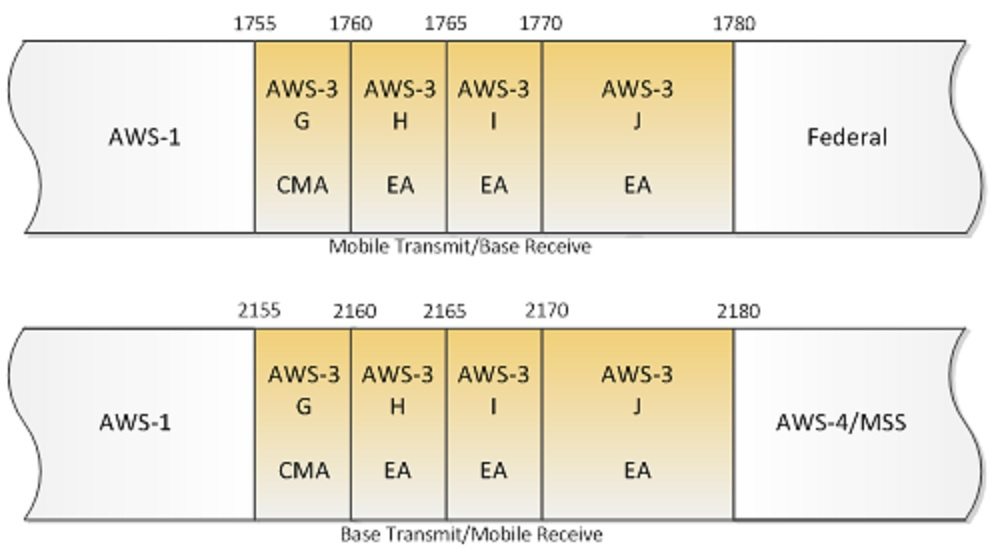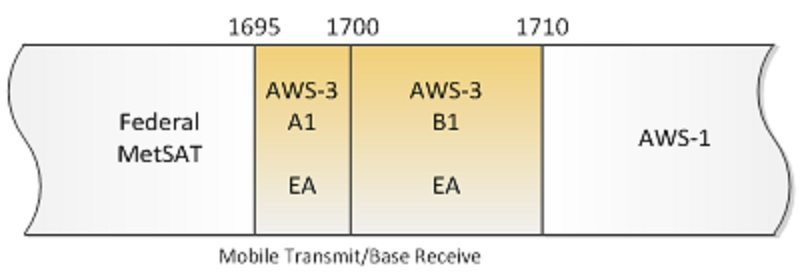Could the end of Auction 97 be near?
With an average of just 55 new bids per round over the past five rounds, the Federal Communications Commission moved Auction 97 to “stage three” beginning with this morning’s round 98. The move requires bidders in the FCC spectrum auction to be active on at least 98% of their current bidding eligibility in each round or risk having to use an eligibility waiver or have their bidding eligibility reduced.
Auction observers noted the move could indicate the FCC is looking to pressure bidders to put their final bids in on licenses in an attempt to squeeze out maximum value before the auction wraps up.
The FCC last week had moved the auction to “stage two” that required bidders to be active on at least 95% of their bidding eligibility. That move resulted in a short spike in bidding activity, which quickly subsided.
Despite the stage move, the FCC has kept bidding rounds at six, 30-minute rounds per day. In past auctions the FCC increased bidding activity to as many as 16, 10-minute rounds per day.
The most recent activity witnessed total auction proceeds nearly hit $43.9 billion, extending the auction’s record haul. The auction includes 65 megahertz of spectrum spread across 1,614 licenses in the 1.7/2.1 GHz band.
As bidding began this morning, two licenses remained in the hands of the FCC: the G-Block centered on San Miguel, Colo., (minimum bid $1.01 million); and the I-Block centered on Monroe, La., (minimum bid $880,000).
The paired licenses up for bid include three 5×5 megahertz licenses (G-, H- and I-Blocks) and a single 10×10 megahertz license (J-Block). The G-Block licenses are carved into commercial market area-sized licenses, which total 734 licenses covering the country. The remaining blocks are economic area-sized that will total 176 licenses covering the country. The 15 megahertz of unpaired spectrum is split into two licenses, one with 5 megahertz of total spectrum parsed out on an EA basis, and the other with 10 megahertz of spectrum also in an EA configuration.
Most activity has shifted outside of the auction’s most expensive licenses, with the priciest licenses to have received any activity over the past couple of days being the J-Block centered on San Antonio and H-Block centered on Denver.
The auction’s biggest sticker remains affixed to the J-Block license centered on New York City, with one lucky bidder having committed more than $2.7 billion for that license. The J-Block license centered on Los Angeles is No. 2 with a nearly $2.1 billion bid, followed by the I-Block license centered on New York City at $1.3 billion. License winners won’t be known until after the auction concludes.
The auction began with 70 qualified participants, including three of the nation’s largest mobile operators in Verizon Wireless, AT&T and T-Mobile US, as well as spectrum wild-card Dish Network. Sprint was the only nationwide operator to opt out of the proceedings as the carrier does not currently control any spectrum in the advanced wireless services band, with its current holdings focused in the 800 MHz, 1.9 GHz and 2.5 GHz bands.
As previously included in AWS-3 rulemaking, the FCC warned that companies gaining access to spectrum licenses will have to put up with potential interference from federal users in the 1755-1780 MHz bands that are set to be cleared of federal users as part of the auction process. The FCC had also established “protection zones” designed to reduce interference concerns between commercial wireless services and satellite-based communications that will continue in some of the AWS-3 bands.
The auction is set to conclude when there are no bids in a single round. Past auctions have gone at least 161 rounds (Auction 66, AWS-1), while the 700 MHz auction (Auction 73) went to 261 rounds.
Bored? Why not follow me on Twitter?





